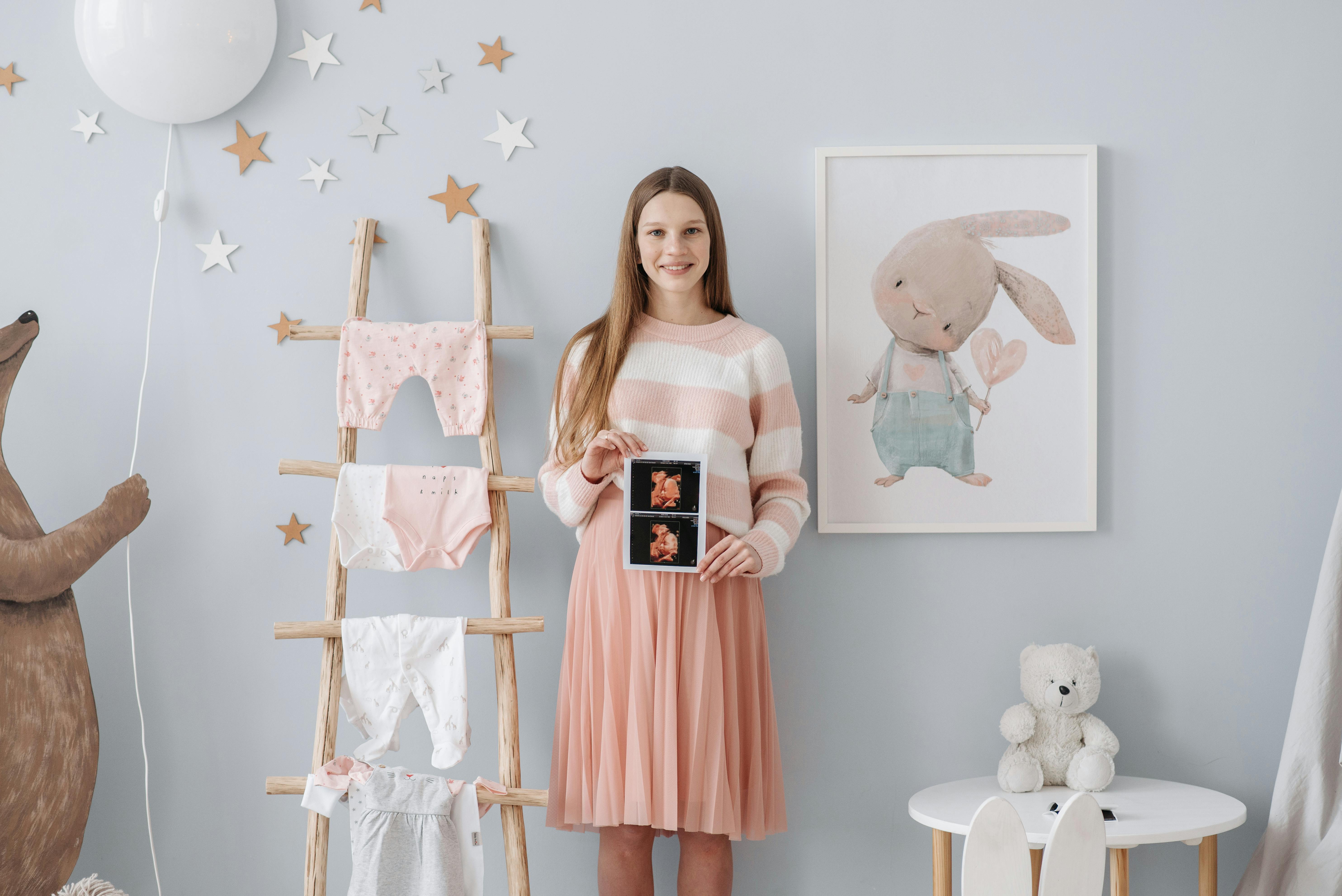Understanding Your Baby's Ultrasound Picture: A Comprehensive Guide

Ultrasound imaging, often referred to as sonography, is a pivotal component of prenatal care, offering expecting parents their first glimpse of the baby while still in the womb. This imaging technique leverages high-frequency sound waves to create images, allowing medical professionals to evaluate the baby's growth, examine their anatomy, and identify potential health concerns. Although the generated images might seem abstract and difficult to interpret for the untrained eye, understanding your newborn's ultrasound photo can unlock new layers of excitement and anticipation for the journey ahead. In this comprehensive guide, you will be introduced to the fascinating world of ultrasound imaging and learn how to make sense of these precious snapshots of life within the womb.
The Basics of Ultrasound Imaging
Ultrasound machines work by directing sound waves into the body using a transducer. These waves bounce off internal structures, returning to the transducer, which then converts these echoes into electrical signals that a computer translates into an image. During pregnancy, ultrasounds provide a valuable glimpse into the uterine environment, presenting images of the developing baby, the placenta, uterus, and other structures.
One common confusion for prospective parents is the black, white, and varying shades of gray in the photo. Interestingly, the denser the structure, the whiter it appears (bones and hard tissues). Fluid-filled spaces like the amniotic sac or bladder appear black, being the least dense. Grayscale shades represent varying tissue densities, helping to outline different structures and organs.
Decoding Your Ultrasound Photo
When you receive your baby's ultrasound photo, several visible structures can be identified based on their appearances:
1. The Gestational Sac: Early in the pregnancy (around five to six weeks), the ultrasound will usually depict a small black circle. This is the gestational sac, the first structure typically visible, housing the developing embryo.
2. The Yolk Sac: Within the gestational sac, you might notice a smaller circle, the yolk sac. This nurtures the embryo in the early weeks until the placenta takes over that role around week 10.
3. The Embryo or Fetus: In the first trimester, your baby might look like a grey blob or a tiny gummy bear on the photo. As development progresses, you'll notice recognizable body parts such as the head, body, limbs, and even individual fingers.
4. The Placenta: The placenta looks like a thick grey mass attached to the uterus and connected to the baby via the umbilical cord. It supplies oxygen and nutrients to your baby.
Interpreting Various Views and Positions
As your pregnancy progresses, more complex ultrasound images will reveal different views of your baby's body. Recognizing the baby's position in these images can be tricky, but the sonographer will guide you through the orientation, helping you understand what you're seeing. 'Crown to rump' measurements help estimate the baby's size, especially during the first half of the pregnancy. You might also see images of the heart, spine, or brain, and later on, be able to recognize facial profiles, clinched fists, or tiny toes.
3D, 4D, and Doppler Ultrasounds
Beyond the conventional 2D ultrasound images, newer technologies offer even more detailed views. 3D ultrasound forms a three-dimensional image of your baby, while 4D ultrasound adds the element of motion, so you can watch your baby move in real-time. Doppler ultrasound showcases the movement of blood through the blood vessels, useful for monitoring your baby's health. Each of these technologies uniquely enriches the ultrasound viewing experience, bringing you closer to the little life growing inside you.
Conclusion
Ultrasound photos provide a precious insight into the mysterious world of the womb, offering a unique opportunity to witness your baby's development. Understanding these images deepens the bond between you and your unborn baby, making the pregnancy journey more awe-inspiring. Remember to ask your sonographer if you aren’t sure what you're seeing; they are there to guide you through this extraordinary experience.





